The ultra-conservative Muslim kingdom is making visas available to tourists from 49 nations on Friday.

Saudi Arabia will open its doors to foreign tourists for the first time as the country hopes to attract 100 million visitors a year by 2030.
The ultra-conservative Muslim kingdom, which has been relatively closed off for decades, is making visas available to tourists from 49 nations on Friday.
The move is part of de facto ruler Crown Prince Mohammed bin Salman’s ambitious plans to develop new industries, as the world’s top oil exporter looks to wean itself off of the fossil fuel and open up society.
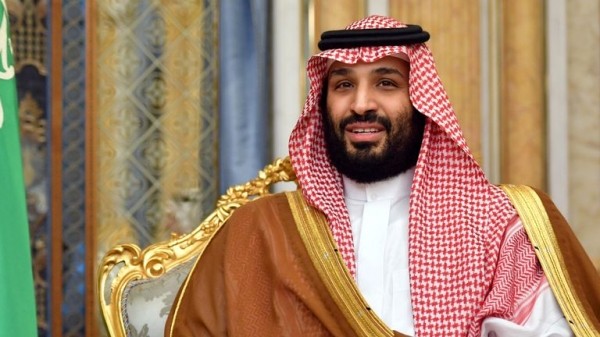
Tourism is high on the crown prince’s agenda, despite a shortage of infrastructure.
Saudi Arabia is appealing to foreign companies to invest in the sector it hopes will contribute 10% of gross domestic product by 2030.
Tourism chief Ahmed al-Khateeb has estimated around 250 billion riyals (£54bn) of investments are needed, including 500,000 new hotel rooms within the next decade.
The Gulf country, which shares borders with Iraq to the north and Yemen to the south, boasts vast tracts of desert but also verdant mountains, pristine beaches and historical sites including five UNESCO World Heritage Sites.

'An awesome, gargantuan sight': Millions make pilgrimage to Mecca
Every year millions of Muslims fulfil one of the five pillars of Islam, resulting in the world's biggest gathering of people.
The Muslim kingdom has been relaxing its strict social codes in recent years.
This includes the segregation of men and women in public places and requiring women to wear all-covering black robes called abayas.
Mr al-Khateeb said that abayas will not be mandatory for female holidaymakers.
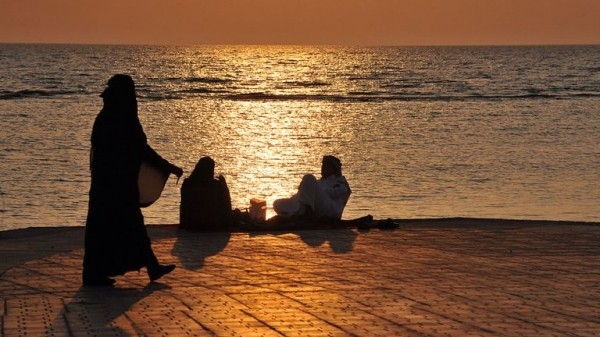

However, women will still be required to dress modestly, including at public beaches.
Mr al-Khateeb also indicated alcohol remains banned, and said: “We will have enough tourists to come to Saudi Arabia to enjoy other things.”

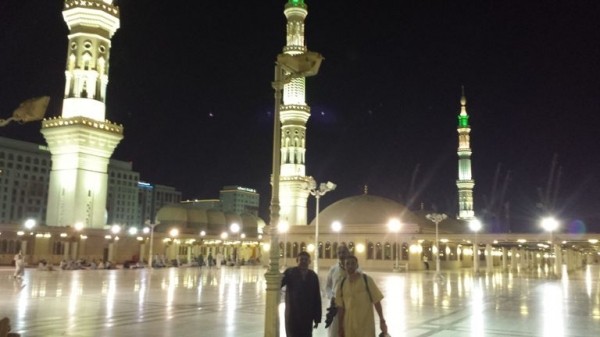
Visas will be available online for around £65, with no restrictions for unaccompanied women as in the past.
Access to the Muslim cities of Mecca and Medina will remain restricted.
More details, including which countries are eligible, are expected later on Friday.
Until now foreigners visiting Saudi Arabia were largely restricted to resident workers and their dependants, business travellers, and Muslim pilgrims given special visas to visit Mecca and Medina.
Plans to admit significant numbers of leisure tourists have been discussed for years, only to be blocked by conservative opinion and bureaucracy.
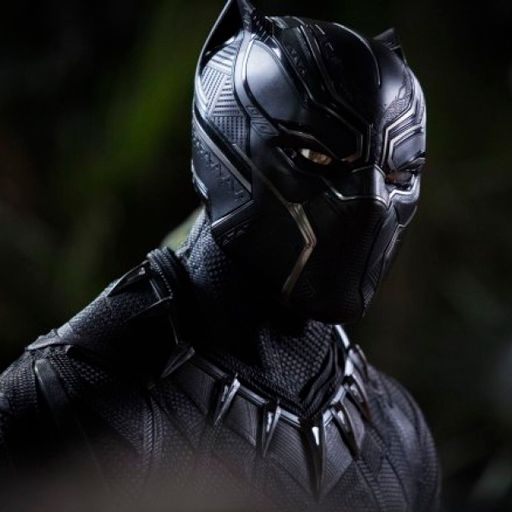
Black Panther will be the opening film for first Saudi cinema in 35 years
The Marvel blockbuster is being screened at a gala premiere later this month, as the Kingdom lifts a long-held ban on cinemas.
Many of the Saudi crown prince’s reforms have received international praise, but his image has been tarnished by last year’s murder of journalist Jamal Khashoggi.
The tourism drive comes as Saudi Arabia’s tensions with its arch-rival Iran have flared.
Riyadh blames Tehran for an attack earlier this month on Saudi oil facilities, which Iran denies.
Mr al-Khateeb, who chairs the Saudi commission for tourism and national heritage, said the country is “very, very” safe and the attack would not impact its plans to attract tourists.
Holidaymakers will not be able to visit the holy cities of Mecca and Medina in the Arab kingdom, but here are five other fascinating sites the country has to offer.
King Fahd’s Fountain
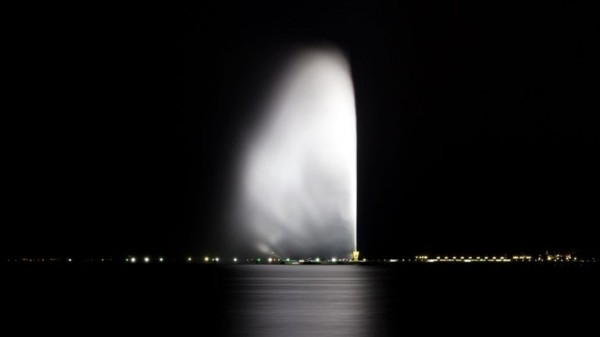
King Fahd’s Fountain in Jeddah is the tallest of its type in the world.
It was donated to the city by King Fahd (hence the name).
Varying reports suggest the fountain jets water between heights of 853ft (260m) and 1,024ft (312m).
The Al Wahbah crater
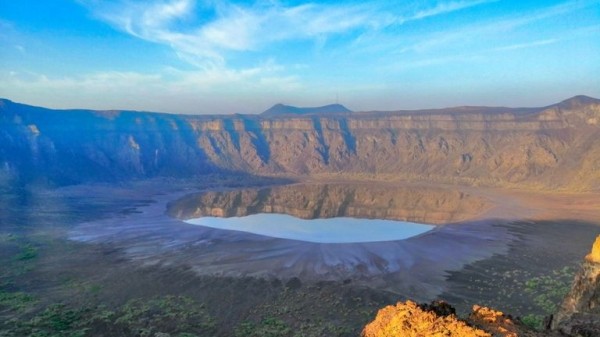
The Al Wahbah crater is a volcanic crater which is around 155 miles (250km) away from the western city of Taif.
It can be found on the western edge of the Harrat Kishb plateu, which contains many volcanic cones.
The crater is 820ft (250m) deep and 1.2 miles (1.9km) in diameter.
Elephant Rock
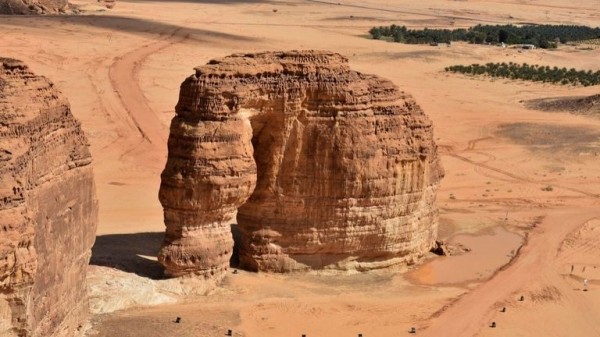
The Arab world’s “only elephant” is a huge red rock formation resembling one of the animals… minus the tusks.
The stunning rock can be seen in the Ula desert near the northwestern Saudi town of al-Ula.
Masmak Fortress
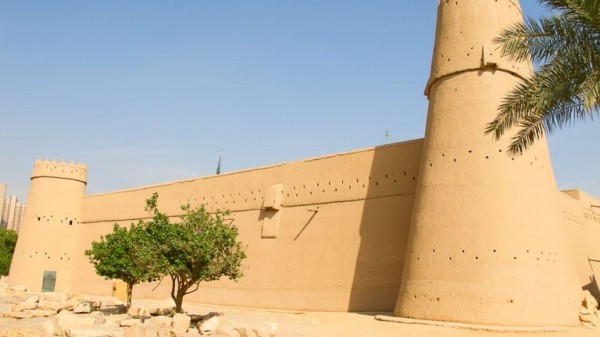
The fortress in the capital Riyadh was built around 1865 and was the site of a daring raid in 1902.
A spear was hurled at the main entrance door during the raid, with the head still lodged in the doorway to this day.
Mada’in Saleh
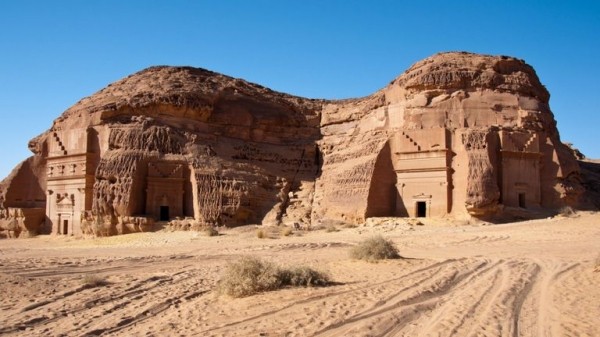
Mada’in Saleh is an archaeological site located within the Al Madinah region in western Saudi Arabia.
The remains date back to the Nabataean kingdom in the first century AD.
Next article
Hundreds out of work as France’s second biggest airline collapses
